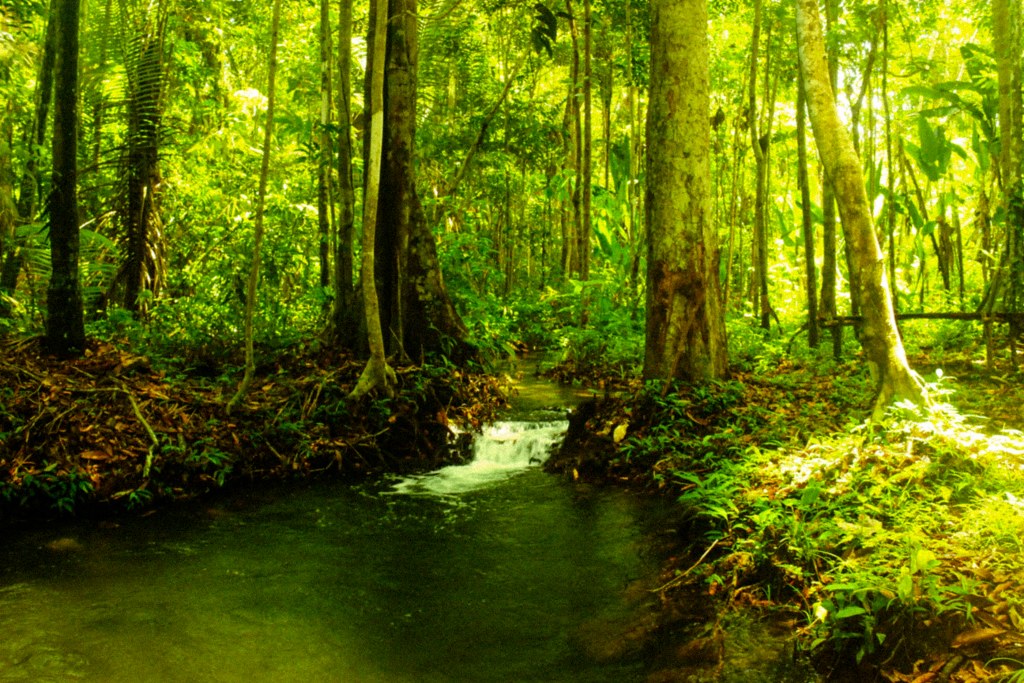- About
- Topics
- Picks
- Audio
- Story
- In-Depth
- Opinion
- News
- Donate
- Signup for our newsletterOur Editors' Best Picks.Send
Read, Debate: Engage.
On 29 June, European rail industry leaders met in Lyon, France to sign a memorandum of understanding with the European Union body Europe’s Rail to launch a new study into the development of a sprawling high-speed rail network across the continent. While the EU boasts just over 200,000 kilometres of rail tracks across the bloc, only 11,000 of these tracks facilitate high-speed rail - conventional rail’s greener cousin. In pursuit of achieving carbon neutrality by 2050, the EU has prioritised high-speed rail as a key component of Europe’s path to sustainability.
The EU’s transportation sector accounts for around a quarter of the 3.8 billion tonnes of CO2 emitted by the bloc annually. The acclaimed (and ambitious) European Green Deal “seeks a 90 percent reduction in these emissions by 2050.” In 2019 (pre-pandemic), road transport (71.7 percent) and civil aviation (13.9 percent) accounted for 84.6 percent of greenhouse gas emissions in the transportation sector. High-speed rail has emerged as a more climate-friendly alternative to driving or flying and leaders in the European rail industry believe its future is bright: at the same June event in Lyon, they announced plans to double high-speed rail usage across Europe by 2030 and triple it by 2050.
While China is far-and-away the global leader in the domain of high-speed rail with over 40,000 kilometres of active tracks (and another 30,000 on the way), Europe is laying down its own networks with an eye towards reducing emissions. Spain, France, Germany, Italy and Finland round out the top five EU countries in terms of kilometres of active high-speed rail networks. In terms of bolstering these systems, Germany has shown the most initiative: its 3,322 kilometres of track currently under construction surpass the total of the other top five members of the EU combined. However, it is exactly this country-specific nature of European high-speed rail development that presents such a large obstacle to realisation of bloc-wide goals.
Thus far, domestic networks have gained the most traction (and received the most funding) given the clear-cut nature of these projects: all costs are borne and all benefits reaped by the country in question.
When crossing international borders, these calculations get messy, but a little success goes a long way: the London-Paris route via the Channel Tunnel and the Paris-Brussels-Amsterdam/Cologne route have proven both popular and essential. The opening of longer routes like those of Paris-Milan (6 hours, 49 minutes) and Paris-Barcelona (6 hours, 15 minutes) have also been hailed as victories despite the fact that air travel is a considerably faster alternative. Jean-Pierre Farandou, the CEO of France’s national railway operator SNCF, has indicated that, perhaps in part due to increased climate consciousness, “people are accepting longer and longer journeys. There are really people who are willing to spend five hours, six hours, seven hours on a train.”
High-speed rail is seen as the “most sustainable and efficient transport for distances between 300 and 750 kilometres” and, according to EU statistics, 17 of the 20 busiest air routes on the continent fall in this range. The market and, supposedly, the patience for high-speed rail travel is there – it just remains to be seen whether the funding will be.
On 29 June, the EU issued €5.4 billion in grants to fund 135 transport projects across the bloc, including a set of cross-border high-speed rail initiatives related to the Trans-European Transport Network (TEN-T). As rail companies and systems continue to struggle in the wake of the pandemic, such grants are even more critical to ensure that Europe does not fall back into dirty, carbon-emitting habits (as is being seen in the domain of energy). Among the more innovative proposals for financing Europe’s high-speed rail network is that of reinvesting money derived from carbon taxes into the continent’s rail infrastructure. Without sustainable alternatives in the transportation sector, Europe will never meet its climate goals. If the EU intends to move towards a green future at all, it will have to do so along tracks laid in the name of high-speed rail.
Photo by Daniel Abadia
